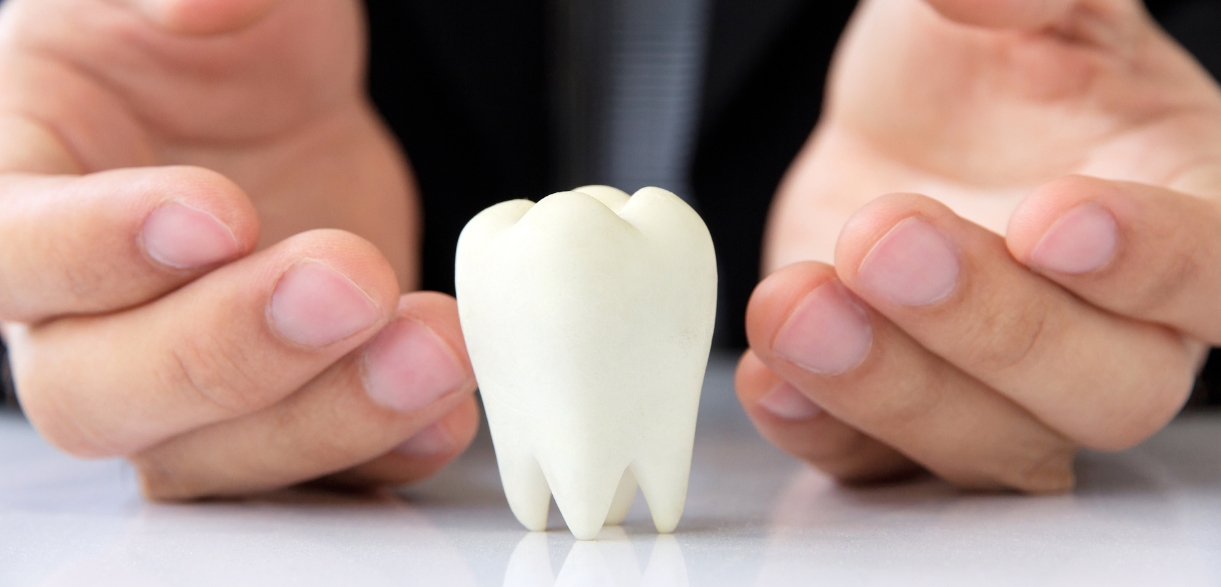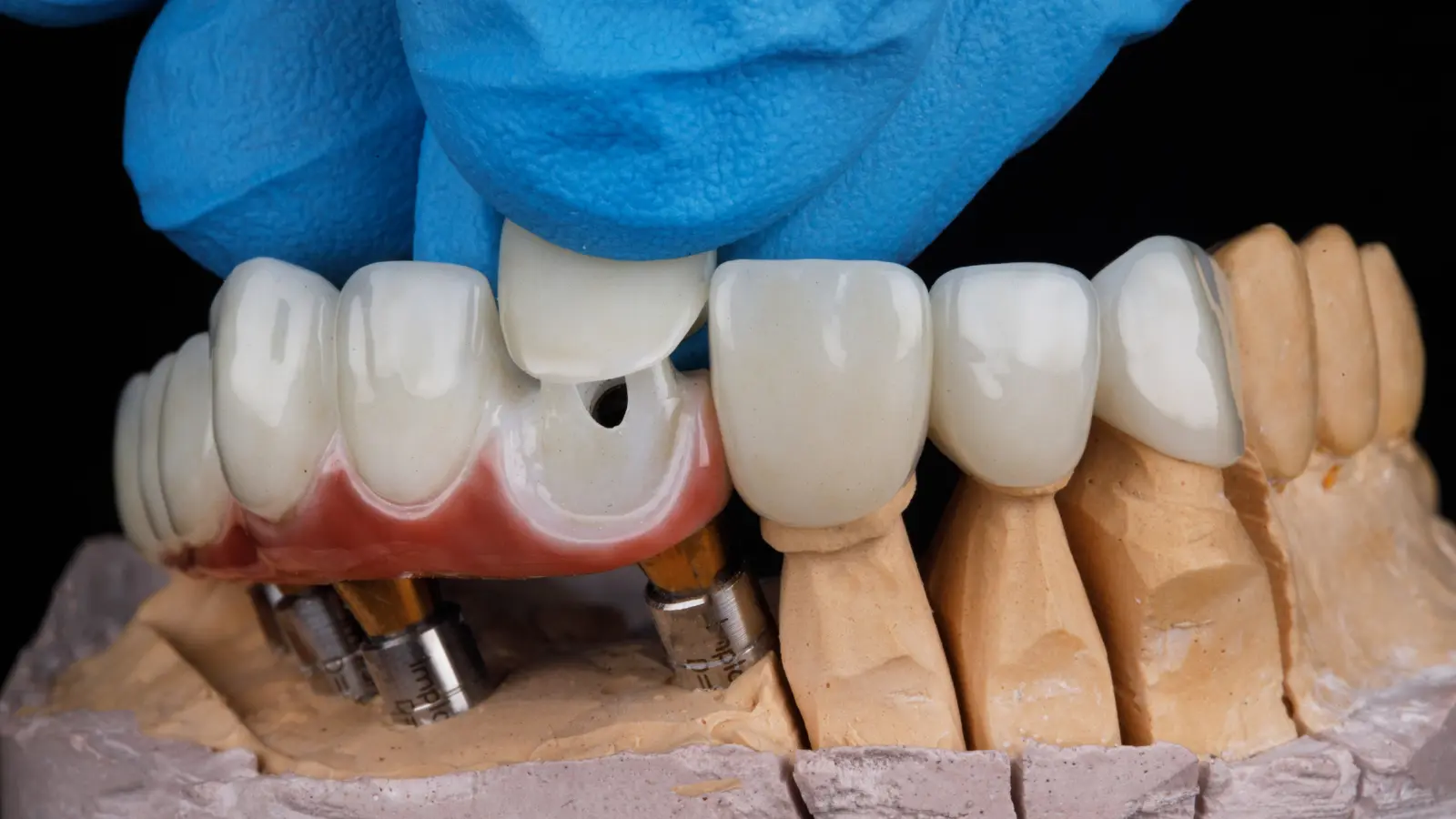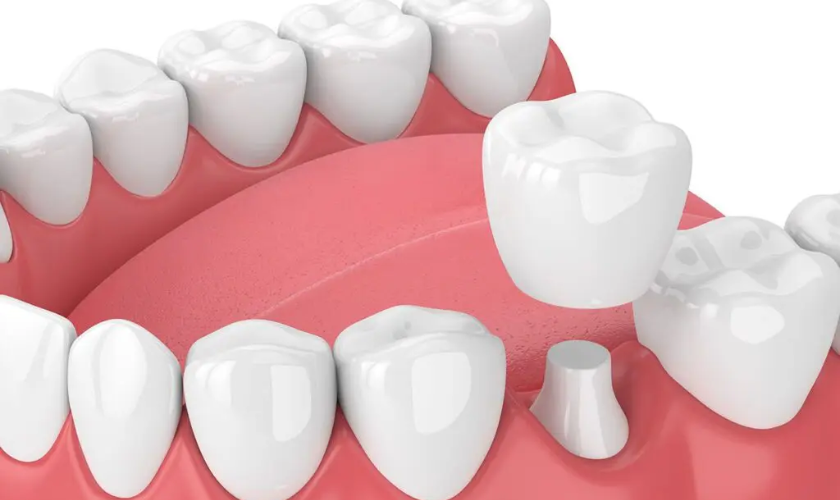$99 New Patient Special - Includes Exam, X-Ray and Basic Cleaning
How To Remove Dental Cement From Crown?
Dentists commonly use dental cement to attach crowns, bridges, and other dental prosthetics to natural teeth. While this cement is designed to be durable and long-lasting, you may need to remove it when replacing or repairing a crown. Removing dental cement from a crown requires a delicate process to avoid damaging the underlying tooth structure or the crown itself. In this guide, we will explore various methods to safely remove dental cement from a crown.
Why is Dental Cement Used?
Dental cement serves several important purposes in dentistry:
- Secure Attachment: Dentists use dental cement to bond crowns, bridges, and other dental prosthetics to natural teeth. This cement provides a strong and stable attachment, allowing the prosthetics to function properly.
- Sealing: Dental cement helps seal the gap between the prosthetic and the natural tooth, preventing bacteria from entering and causing decay.
- Protection: Dental cement can provide an additional layer of protection for the natural tooth, reducing the risk of damage or fracture.
When Should Dental Cement Be Removed?
There are several reasons why dental cement may need to be removed from a crown:
- Replacement: If a crown is damaged or no longer fits properly, it may need to be replaced. In such cases, the old dental cement will need to be removed before a new crown can be attached.
- Repair: In some cases, a crown may be repairable. Removing the old cement is often the first step in the repair process.
- Re-alignment: If a crown has become misaligned, removing the old cement may be necessary to reposition it correctly.
Methods for Removing Dental Cement From a Crown
There are several methods that dentists use to remove dental cement from a crown. The most appropriate method depends on the type of cement used and the condition of the crown and underlying tooth. Some common methods include:
1. Mechanical Removal
You can use mechanical removal to physically eliminate dental cement with tools like dental drills, scrapers, and ultrasonic devices. This method effectively removes hard-set cement, but you must perform it carefully to avoid damaging the crown or natural tooth.
2. Chemical Removal
You can use chemical removal to dissolve dental cement by applying dental solvents or softening agents. These agents sit on the cement for a period of time, allowing you to gently scrape away the softened cement. This method is less invasive than mechanical removal but may not suit all types of cement.
3. Thermal Removal
You can use thermal removal to soften dental cement with heat, making it easier to eliminate. This method often works best when combined with mechanical or chemical methods to aid the removal process.
4. Air Abrasion
Air abrasion involves using a high-pressure stream of abrasive particles to remove the cement. This method is gentle and precise, making it suitable for removing cement without damaging the crown or natural tooth.
5. Laser Removal
Laser removal involves using a dental laser to vaporize the cement. This method is highly precise and minimally invasive, making it suitable for removing cement from delicate areas.
Steps for Safely Removing Dental Cement
Regardless of the method used, the following steps are typically followed to safely remove dental cement from a crown:
- Assessment: The dentist will examine the crown and surrounding teeth to determine the best method for removing the cement.
- Preparation: The dentist will numb the area around the crown using a local anesthetic to minimize discomfort during removal.
- Removal: The dentist will use the chosen method (mechanical, chemical, thermal, etc.) to carefully remove the cement.
- Cleaning: After removing the cement, the dentist will clean the area to eliminate any residue.
- Evaluation: The dentist will evaluate the crown and the underlying tooth to ensure all cement has been removed and no damage has occurred.
- Next Steps: Depending on the reason for removing the cement, the dentist will proceed with the necessary treatment, such as fitting a new crown or repairing the existing one.
Removing dental cement from a crown is a delicate process that requires skill and precision. By using the appropriate methods and following the steps outlined in this guide, dentists can safely remove cement without causing damage to the crown or natural tooth. If you have a crown that needs removal or repair, seek the expertise of a qualified dentist. They will ensure that the procedure is done correctly.







